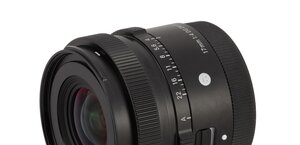Olympus M.Zuiko Digital 12-40 mm f/2.8 ED PRO
3. Build quality
In the photo below the tested lens is positioned between the Sigma 17-50 mm f/2.8 EX DC OS HSM and the Fujinon XF 18–55 mm f/2.8–4.0. You can notice that, despite being a lens designed for mirrorless bodies with a small sensor, the physical dimensions of the Olympus are quite significant.
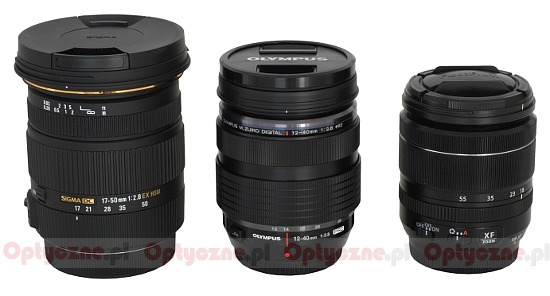 |
Please Support UsIf you enjoy our reviews and articles, and you want us to continue our work please, support our website by donating through PayPal. The funds are going to be used for paying our editorial team, renting servers, and equipping our testing studio; only that way we will be able to continue providing you interesting content for free. |
- - - - - - - - - - - - - - - - - - - - - - - - - - - - - - - - - - - - - - - - - - - - - - - -
The tested lens starts with a metal mount which surrounds contacts and a black part of the casing on which you can find an inscription „Made in China”. A rear element is 23 mm in diameter and it is situated almost on the same level as the mount; it is also immobile, ensuring the whole lens remains properly sealed.
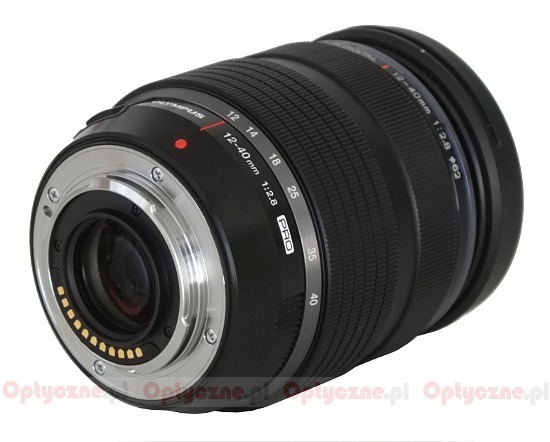 |
The proper body is made of metal. It starts with an immobile ring which gets wider after a while; on it you can find the name, the parameters of the lens, its serial number and the programmable L-Fn function button – you would set it in the camera menu. The next part is a huge, 26 mm wide, ribbed zoom ring. It includes markings at 12, 14, 18, 25, 35 and 40 mm. It turns quite smoothly but is not perfectly well-damped – from 12 to 18 mm it moves easier and from 18 to 40 mm with a bit bigger resistance.
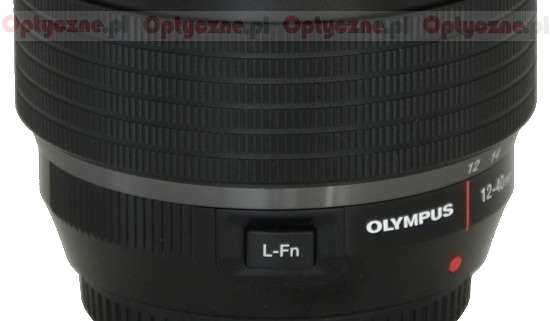 |
The next element is a manual focus ring, 21 mm wide, with metal ribs covering most of its surface. The ring’s movements are based on servomechanisms and running through the whole distance range takes it about 180 degrees.
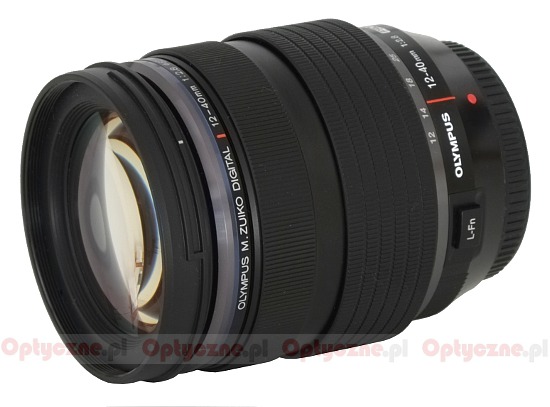 |
Behind it you can find a small, immobile ring with a blue stripe, the name and parameters of the lens. Then there is a front element system which extends on a telescopic, uniform tube. The tube is made of plastic but seems sturdy enough – it doesn’t move sideways, even when pressed. The lens is the shortest near 17 mm. When passing to 12 mm it becomes less than 0.5 of a centimeter longer and at 40 mm it is by almost 3 cm longer.
The front element is 47 mm in diameter, surrounded by a non-rotating filter thread, 62 mm in diameter, and a hood thread.
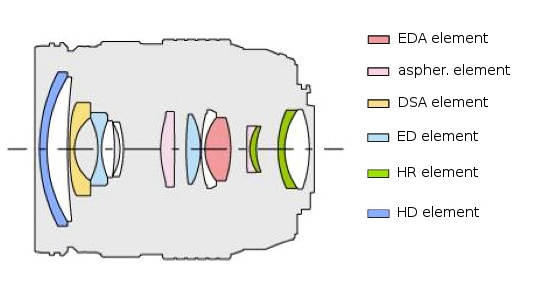 |
The optical construction of the Olympus 12-40 mm consists of 14 elements situated in 9 groups. Among them there are two aspherical elements, two made of high refraction index glass, and two – of extra low dispersion ED glass. As if it wasn’t enough there is also one Dual Super Aspherical lens (DSA) and an aspherical one, made of low dispersion EDA glass. Inside you can also find an aperture with seven diaphragm blades which can be closed down to a value of f/22.
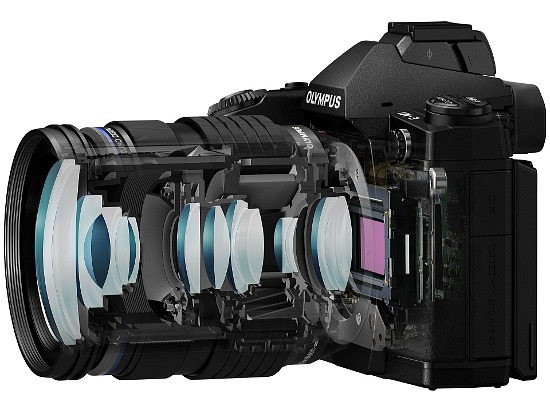 |
Buyers get also both caps and a petal-type hood (LH-66) included in the box.
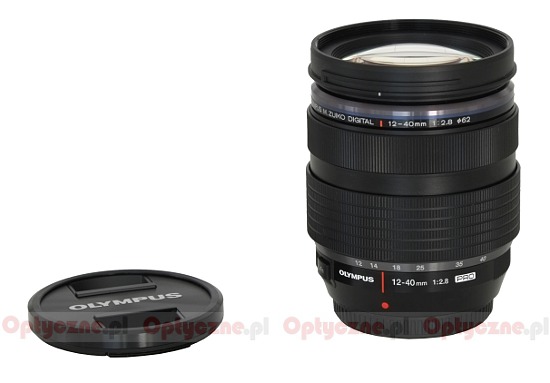 |





